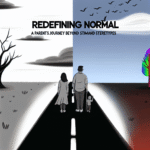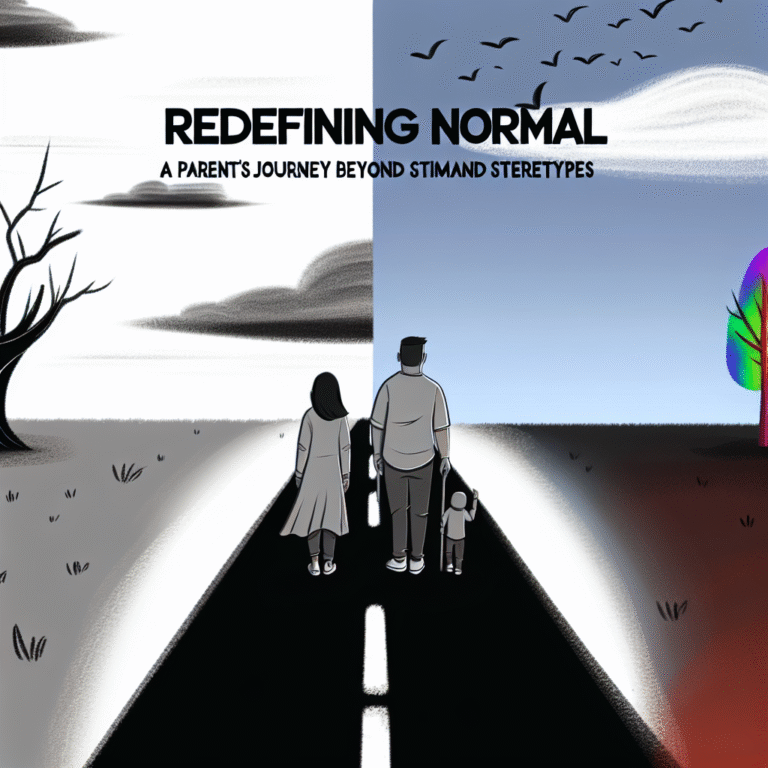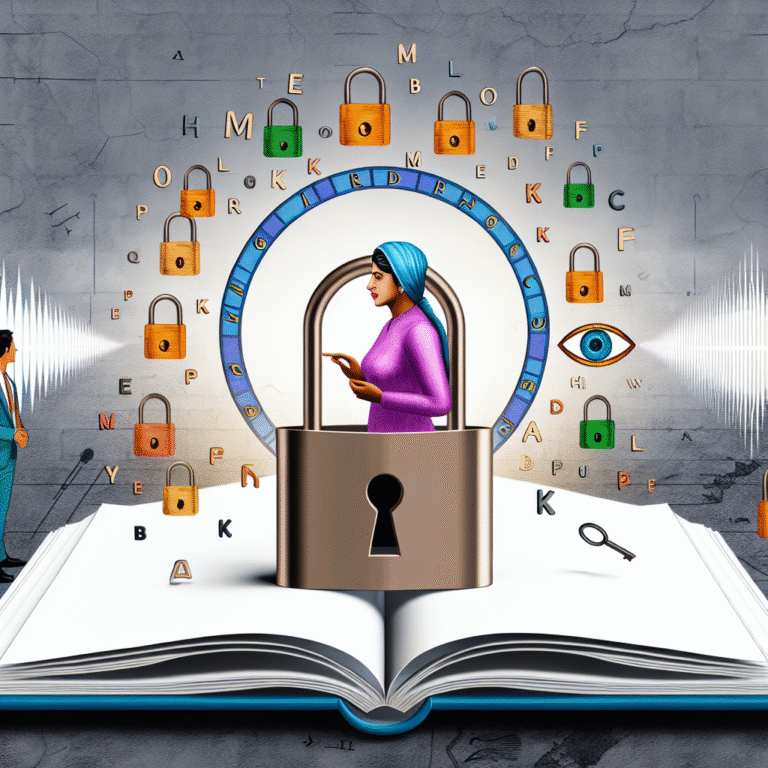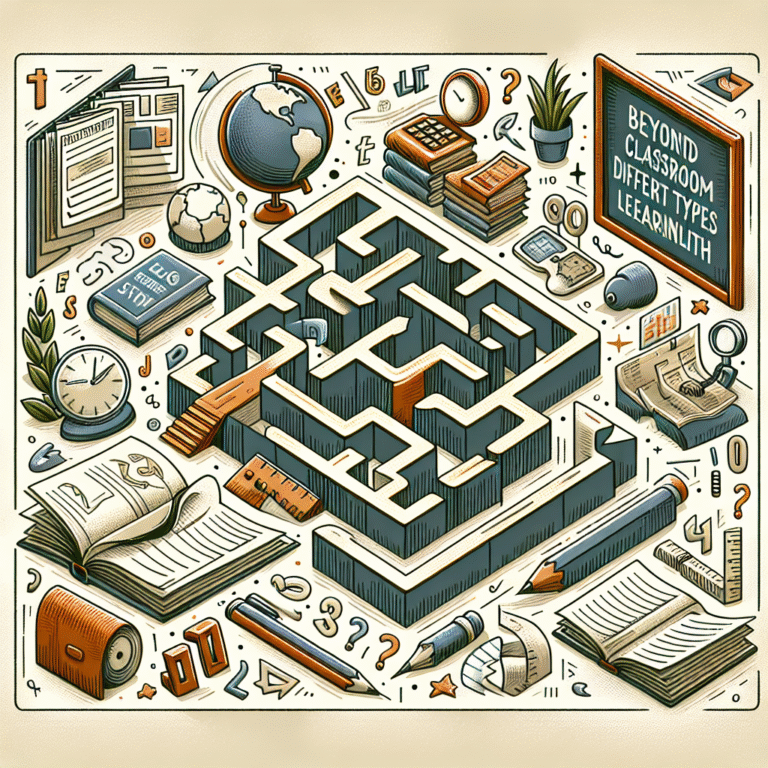
The Essential Guide For Dyslexia: Empowering Individuals with Proven Strategies
Introduction
Imagine facing a world where every word is a puzzle, each sentence a riddle. For millions, this is the daily reality of living with dyslexia. This learning difference affects reading, writing, and spelling, leaving individuals feeling isolated and frustrated. Yet, understanding dyslexia and implementing effective strategies can transform this challenge into a journey of empowerment. In this comprehensive guide, we will explore various proven techniques and resources available for dyslexia, offering valuable insights and actionable strategies to support individuals and their families in overcoming these barriers.
Understanding Dyslexia
What is Dyslexia?
Dyslexia is a specific learning disability that is neurological in nature, primarily affecting reading. It is characterized by difficulties in accurate and/or fluent word recognition and by poor spelling and decoding abilities. Contrary to common misconceptions, dyslexia is not related to intelligence; many individuals with dyslexia possess average to above-average intellect.
The Prevalence of Dyslexia
According to the International Dyslexia Association, dyslexia affects approximately 5 to 15% of the population worldwide. This means that in a classroom of 30 students, 3 to 5 may experience challenges related to reading. Understanding the widespread impact of dyslexia emphasizes the need for targeted interventions and support systems in educational environments.
The Importance of Early Intervention
Why Early Detection Matters
The earlier dyslexia is detected, the more effective the interventions can be. Research shows that children who receive timely support in developing reading skills are likely to see significant improvement. Programs focusing on phonemic awareness, phonics, fluency, vocabulary, and comprehension are crucial in these early years.
Case Study: The Success of Early Intervention
Case Study: Sarah’s Journey
Sarah, a seven-year-old girl, was struggling significantly in her first-grade reading group. Her teacher noticed that while Sarah excelled in oral storytelling, she found it challenging to read aloud. The teacher encouraged Sarah’s parents to seek an evaluation for dyslexia, which confirmed diagnosis. Through targeted interventions focusing on phonics and a structured literacy program, Sarah improved not only her reading skills but her self-esteem as well.
Analysis: Sarah’s progress illustrates the critical importance of early detection and intervention in addressing dyslexia. Structured literacy approaches helped bridge the gap between her oral and written language abilities.
Strategies For Dyslexia: Tools and Techniques
Multisensory Learning
One of the most effective approaches for dyslexia is multisensory learning, which incorporates visual, auditory, and kinesthetic cues. By engaging multiple senses, students can create stronger connections with the material.
Examples of Multisensory Techniques
- Phonics with Movement: Using hand gestures to signify sounds can reinforce learning.
- Color-Coded Text: Highlighting different parts of speech in various colors can aid comprehension.
Assistive Technology
The rise of technology has provided innovative solutions for those with dyslexia. Apps and tools that convert text to speech, provide dictation options, or support visual learners can significantly enhance the learning experience.
Examples of Assistive Technology
- Text-to-Speech Software: Programs like Kurzweil 3000 or Natural Reader help in converting written text into audio, allowing users to process information auditorily.
- Graphic Organizers: Programs that allow users to visually map out ideas can aid in structuring thoughts and enhancing comprehension.
| Tool | Purpose | Example Softwares |
|---|---|---|
| Text-to-Speech | Reading assistance | Kurzweil 3000, Voice Dream |
| Dictation Software | Writing assistance | Dragon NaturallySpeaking |
| Graphic Organizers | Organizing thoughts visually | Inspiration, MindMeister |
Structured Literacy Programs
Structured literacy is an approach that emphasizes systematic and explicit instruction in reading. Programs designed for dyslexia often follow this model, which includes phonology, sound-symbol association, syllable instruction, morphology, and syntax.
Popular Structured Literacy Programs
- Orton-Gillingham Approach: A highly regarded method that is systematic and individualized, focusing on the connection between sounds and letters.
- Wilson Reading System: A program specifically designed for individuals with dyslexia that integrates phonics and fluency.
Creating Supportive Environments
In the Classroom
Teachers play a pivotal role in supporting students with dyslexia. Training educators in recognizing signs of dyslexia and providing accommodations can create a more inclusive environment.
Strategies for Teachers
- Flexible Teaching Methods: Incorporating both audio and visual materials in lessons can cater to diverse learning styles.
- Extra Time on Assessments: Allowing additional time for tests can help mitigate anxiety and improve performance.
At Home
Parents can be powerful advocates for their children. Creating a structured, supportive environment at home can foster a positive attitude toward learning.
Tips for Parents
- Reading Together: Spend time reading aloud, using books that interest your child to foster a love of stories.
- Encouraging Strengths: Celebrate achievements in areas beyond academics, such as art or sports, to build confidence.
Community and Family Support
Finding Support Networks
Joining support groups can provide individuals and families with valuable insights, shared experiences, and coping strategies. National organizations such as the International Dyslexia Association and local chapters offer resources and community engagement opportunities.
Case Study: Community Engagement
Case Study: The Local Dyslexia Advocacy Group
A community group organized monthly meetings for parents of children with dyslexia. At these meetings, parents shared resources, discussed challenges, and strengthened their support networks. The collective quest for knowledge and support transformed the way parents approached their children’s education and created a positive community atmosphere.
Analysis: This case highlights how community support can empower families, creating a collaborative environment where knowledge sharing leads to more effective advocacy for children with dyslexia.
Conclusion
For dyslexia: addressing this learning difference requires a multifaceted approach that encompasses early intervention, tailored strategies, and community support. By understanding dyslexia and advocating for effective resources, we can empower individuals to thrive academically and personally. Every story of success begins with the right support, and with the right tools and a nurturing environment, those with dyslexia can unlock their full potential.
Motivational Takeaway
Remember, dyslexia is not a barrier to success—it’s a unique way of learning that demands our patience and understanding. Empower yourself and others in the journey of transforming challenges into strengths.
FAQs
1. What are the common signs of dyslexia?
Common signs include difficulty reading, trouble with spelling, issues with remembering the sound of words, and a tendency to avoid reading aloud.
2. Can dyslexia be cured?
Dyslexia is not a condition that can be cured, but it can be effectively managed with appropriate strategies, support, and interventions.
3. Are there specific resources available for individuals with dyslexia?
Yes, there are many resources including books, apps, and organizations dedicated to providing support and information about dyslexia.
4. How can my child’s school support them if they have dyslexia?
Schools can provide accommodations such as extra time during tests, modified assignments, and access to assistive technology.
5. Is dyslexia hereditary?
Research suggests a genetic component to dyslexia, indicating that it can run in families.
6. What should I do if I suspect my child has dyslexia?
If you suspect your child has dyslexia, seek an evaluation from a qualified professional. Early diagnosis can lead to effective interventions and support.
By leveraging these insights and resources, we can create a society where individuals with dyslexia no longer feel isolated but empowered to embrace their unique journeys. The key to success lies within our collective commitment to understanding, supporting, and celebrating the incredible potential of anyone diagnosed with dyslexia.













